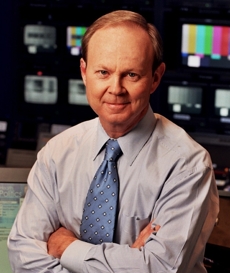
By MIKE MAGEE
Can you wrestle a collusive, private, profiteering Medical-Industrial Complex to the ground by throwing more private entrepreneurs at it? Apparently not.
The very public collapse of Haven – the widely heralded health joint venture of Amazon, Berkshire Hathaway, and JP Morgan Chase – is a case in point. After three years, it is unclear whether they were a public-spirited triad trying to bathe efficiency into our bizarre employer-based health insurance scheme, or becoming predatory investors in one of the most profitable segments of our national economy.
When launched nameless in January, 2018, most of the focus was on the three amigos – Warren Buffett, Jamie Dimon, and Jeff Bezos. The linking of hands of the nation’s biggest technology power player, her most revered and respected investor, and her highest ranked financial all star, was impossible to ignore.
What were they up to? No one was quite sure. But there was enough concern about disruption of a sector controlling nearly 1/5 of the American economy that prices of CVS Health, Walmart, Cardinal Health and Express Scripts dove south.
This week, with the announcement of the non-profit joint venture’s collapse, analysts wasted no time piling on. As one said, “Haven had a rocky three years, running up against vague marching orders, a lack of direction, and obstacles inherent to the healthcare landscape.”
But it didn’t start that way. Warren Buffett presented health care that day as “a hungry tapeworm on the American economy.” Jamie Dimon noted that we pay twice as much for poorer quality care than other developed nations. And Jeff Bezos suggested that it was time for PBM’s and insurers to trim their sails.
By the summer of 2018, the three signaled they were seriousby hiring widely acclaimed health leader, Atul Gawande, as their CEO. As Buffett said, “Jamie, Jeff, and I are confident that we have found in Atul the leader who will get this important job done.” It would be another nine months before they could settle on a name for the venture – Haven (as in safe haven for their 1.3 million combined employees).
Continue reading…








